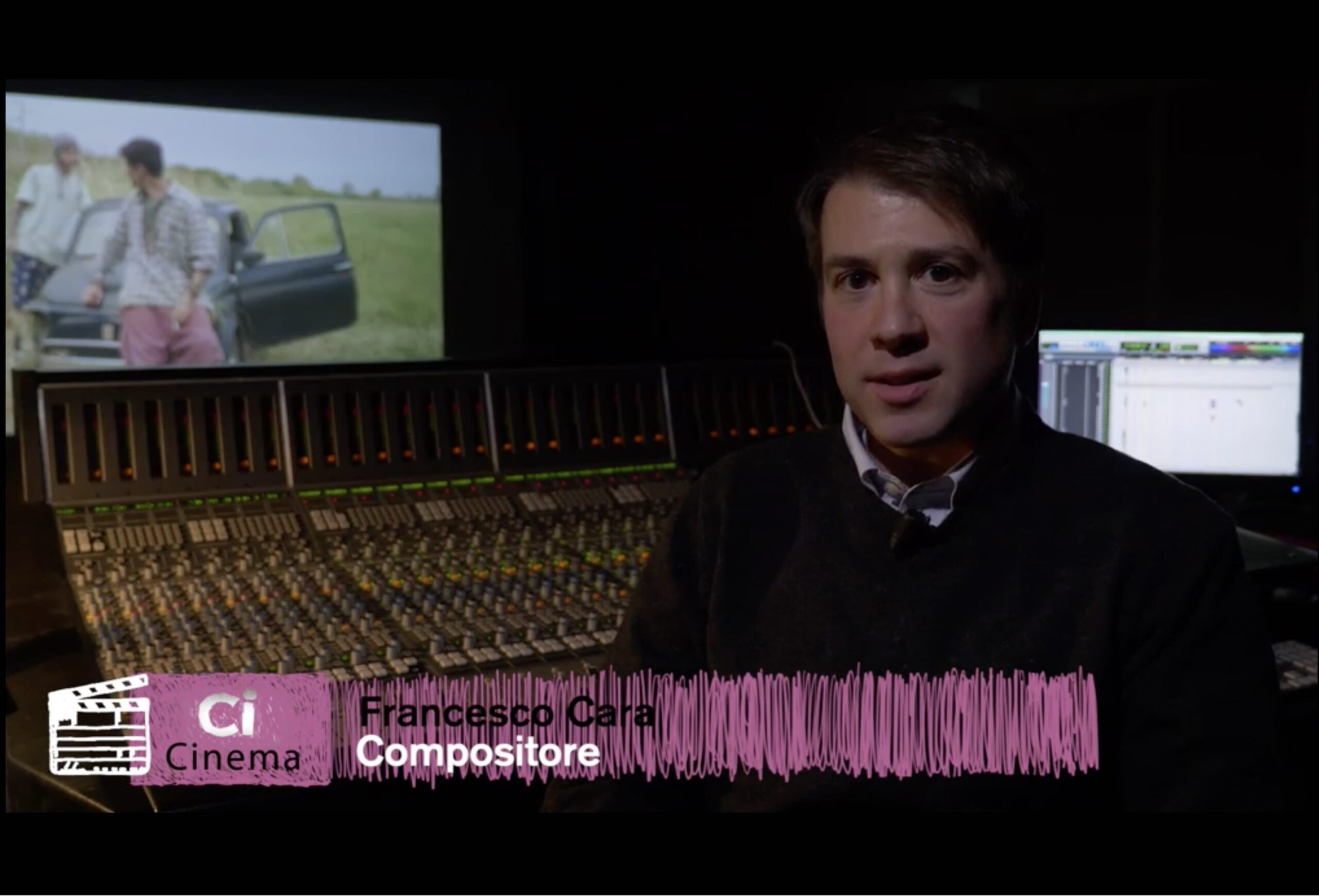
When sound did not yet exist, at the time of silent cinema, music had not only the function of accompanying the images, but also that of reproducing the sounds and sound effects of what the film showed. In short, it had a structural function. With the invention of sound and the possibility of recording live noises, this function becomes useless. Some critics even say that the music becomes something superabundant. Why then was it decided to keep it? In the history of cinema, there are many examples of collaboration between music and direction. One for all is Eisenstein’s Aleksandr Nevskij and Prokofiev’s musical creations: perfect unity and harmony between the movement of images and the movement of music. More recent, but no less successful, are the Strauss waltzes so dear to Stanley Kubrick and which certainly contributed to the success of his masterpiece 2001 A Space Odyssey and the soundtracks for Federico Fellini’s films created by Nino Rota. To explain how film music is created and the different roles it can play, in this episode of I Mestieri del Cinema, we interviewed Sergio Bassetti and composer Francesco Cara.
(Fonte: RAI Cultura, I mestieri del Cinema, puntata La colonna sonora).


